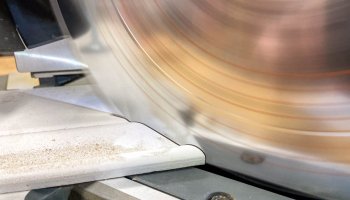
Many people focus on outdoor air pollution without even looking at the air quality inside their homes. Learn why indoor air quality testing is important and how to test the air in your home for pollutants.
Why Indoor Air Quality Testing Is Important
Most people are worried about outdoor pollution, but did you know that the air inside your home can be up to five times more polluted than outside air? Poor indoor air quality contributes to problems like asthma, allergies, and other respiratory diseases. Unless you check the air quality, you won’t even know what’s making you sick.
Understanding the Impact of Poor Indoor Air Quality
Learn about the health risks associated with poor indoor air quality.
Health Risks Associated with Poor Air Quality
Several health issues have been linked to poor air quality in the home, including respiratory issues and allergies. Poor air quality aggravates existing conditions such as asthma and COPD (chronic obstructive pulmonary disease), and it’s also associated with heart attacks, strokes, and cancer.
Poor air quality can compromise your immune system, may cause development problems in children, and potentially lead to adverse outcomes for pregnancies.
Allergies and Respiratory Problems
By far the most significant health issue related to interior air quality is allergies and respiratory issues. Whether it’s fine particulates, mold toxins, or volatile chemicals in the air inside your home, pollutants can lead to respiratory issues, including the following:
- Runny or stuffy nose
- Irritated throat
- Coughing and wheezing
- Sneezing
- Shortness of breath
- Respiratory infections
- Difficulty breathing
- Shortness of breath
- Chest tightness
- Fatigue
Identifying Potential Air Quality Issues
Discover the best ways to identify potential air quality issues in your home.
Common Indoor Air Pollutants
Most people are aware of common indoor air pollutants like smoking tobacco, wood heat, and heating and cooling systems. Indoor air quality can also be affected by daily activities like cooking and cleaning.
Some indoor contaminants come from inside your home, like pollutants from building materials, furniture, and flooring. Other types of pollution enter your home from outside, such as traffic pollution and pesticides.
Hidden Sources of Indoor Air Pollution
Not all sources of indoor air pollution are easy to recognize. Carbon dioxide, or CO2, is a silent killer that is produced whenever a material burns. Inside your home, it comes from sources like gas stoves and furnaces, but it’s also emitted in the air you breathe.
Other potential sources of hidden pollution include radon gas and volatile organic compounds (VOCs) that come in through your water supply.
Many people don’t realize it, but humidity is another hidden source of indoor air pollution, especially in basements. Both high and low humidity cause health problems. It’s an important factor to address when improving the air quality in your home.
The Benefits of Good Home Air Quality
Uncover the benefits of quality home air to your health, well-being, and comfort.
Health and Well-being
Poor indoor air quality can impact your health in many ways, causing respiratory issues and sleep loss, while improved indoor air quality provides numerous benefits.
Improved Respiratory Health
Homeowners who take steps to improve the quality of their indoor air can see positive results related to their respiratory health. When you improve your home air quality, you may see fewer respiratory issues like coughing and wheezing. You’ll breathe easier and have less shortness of breath.
Enhanced Sleep Quality
Cleaner air translates to a more comfortable sleeping environment, and good sleep promotes overall health. When you experience fewer sleep disturbances, there’s a better chance you’ll wake up feeling refreshed and energized.
Comfort and Productivity
Employers have long recognized the relationship between comfort and productivity. By improving the air quality in your home, including temperature and humidity, you’ll be able to see the difference for yourself.
Optimal Temperature and Humidity
One of the best ways to improve indoor air quality is to increase ventilation and air circulation. Better air distribution leads to a more comfortable environment in your home, whether it’s summer or winter.
Maintaining balanced humidity is another important way to improve indoor air quality. Not only will you be less likely to have problems with mold and mildew, but you’ll sleep better at night and feel more comfortable during the day.
Reduced Odors and Irritants
Prolonged exposure to indoor air pollutants increases your risk of asthma and allergies and irritates your throat, eyes, and skin. You can eliminate foul odors and particulates by using air purifiers and promoting better ventilation and air distribution.
When to Do Home Air Quality Testing
In-home air quality testing is recommended for various reasons to ensure clean, healthy air in your home. While some people choose to monitor the air quality in their homes seasonally, others prioritize checking air quality after specific events.
Regular Monitoring
Consistent monitoring of indoor air quality is a proactive approach that allows you to address issues early on. Learn more about the best time for testing air quality in your home.
Seasonal Considerations
In the summer, increased ventilation improves the quality of air in your home. You’re more likely to have a problem with poor indoor air quality during the colder months.
Indoor air quality is negatively affected in the winter because you’re spending more time inside cooking, cleaning, doing the laundry, and heating your home. You’re also less likely to open the doors and windows and let in fresh air.
After Renovations or Repairs
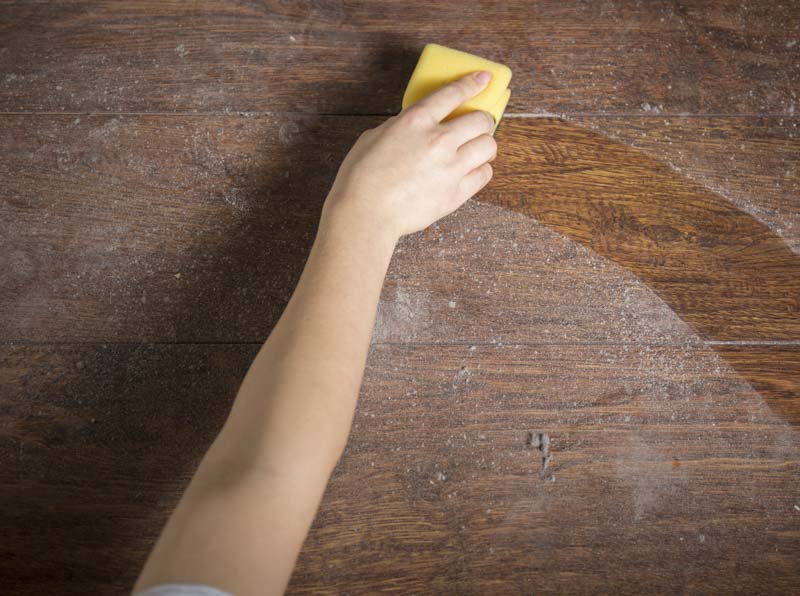
Home renovations are exciting, but they create a lot of fine particulates and can stir up a lot of dust and mold. Even worse, renovations in older homes expose people to lead paint and asbestos.
Signs You Should Test Your Indoor Air
Learn to recognize the signs of poor indoor air quality.
Persistent Allergy Symptoms
Many homeowners experience persistent allergy symptoms due to poor indoor air quality. Runny or stuffy noses, sneezing, coughing, wheezing, itchy eyes, and congestion are all common symptoms that indicate poor quality air inside your home.
Lingering Odors and Mold Growth
Mold requires damp, still, air to thrive, so if you’re noticing musty smells that indicate mold, it’s a good indication that your air quality is bad. Unpleasant and lingering odors are another sign of poor air quality.
Tips for Testing Home Air Quality
Learn more about how to check indoor air quality.
Types of Air Quality Tests
Many homeowners choose to monitor the air quality in their homes using DIY test kits. Professional testing services are more precise and should be used if you need an air quality inspection.
DIY Test Kits
Home test kits for indoor air quality are easy to use and provide a basic assessment of the quality of the air in your home. DIY air quality test kits are a good way to determine if your home has problems with pollen, mold, and other allergens.
Professional Testing Services
Testing services are much more accurate when it comes to off-gassing pollutants like formaldehyde and radon. Professional testing is essential if your home has been exposed to pollutants and contaminants, such as after specific events like home renovations, chemical spills in your area, or water damage.
Conducting the Test
Choosing the right air quality test kit and collecting samples properly are critical steps to ensure accurate results. Follow the instructions carefully in your DIY air quality test kit, and take samples in recommended locations.
Air purity test kits vary, and you should follow the instructions in the kit for interpreting the results. For a thorough analysis, you may need to seek professional assistance.
Improving Indoor Air Quality
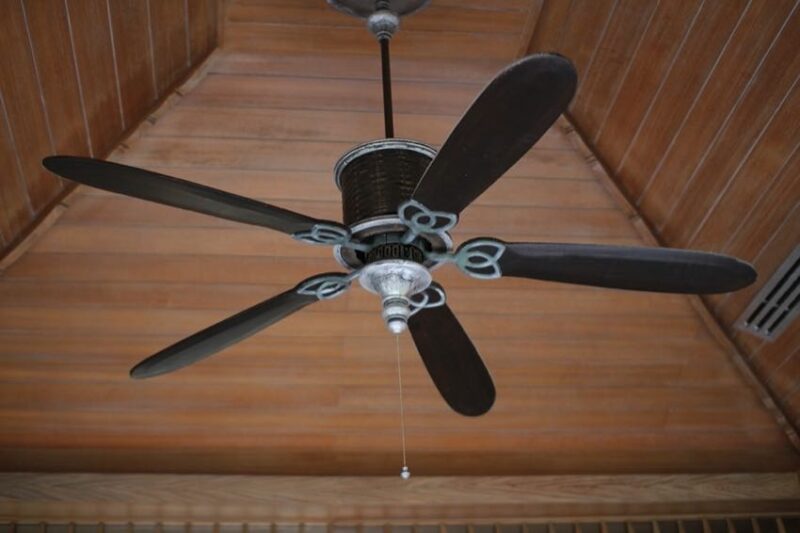
There are many steps you can take to improve the quality of air in your home and provide a healthier environment for your family.
| Methods for improving indoor air quality | Description |
| Ventilation | Open windows and use fans to promote air circulation. |
| Air purifiers | Invest in a HEPA filter air purifier to capture allergens. |
| Regular cleaning | Dusting, vacuuming, and cleaning to reduce pollutants. |
| Humidity control | Install a whole-house humidifier to control the humidity level in your home. |
| Reducing VOCs | Choose furniture, carpets, and cleaners with low VOCs or, if practical, convert to hardwood or laminate flooring. |
| Houseplants | Add houseplants that promote better air quality. |
| HVAC maintenance | Replace filters and inspect coils regularly. |
| Avoid smoking or burning incense indoors | Maintain a smoke-free environment inside your home. |
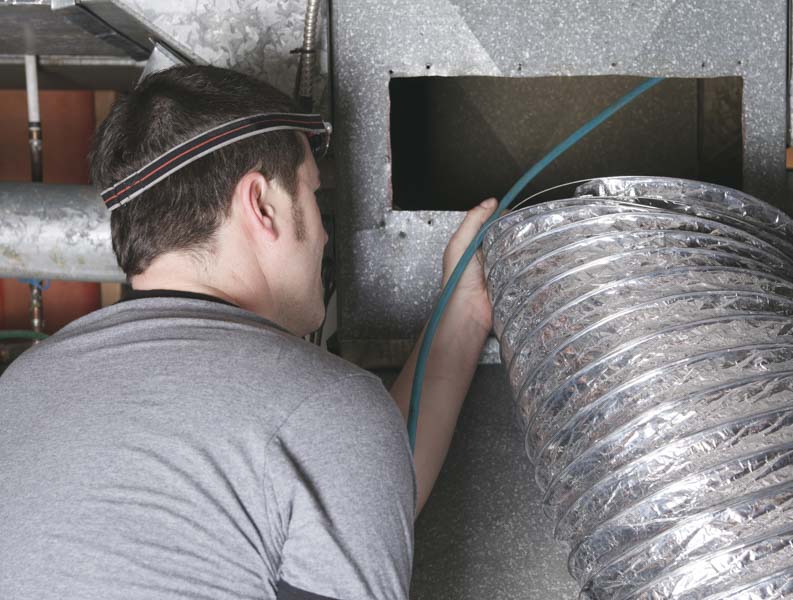
Naturally, you can’t have the windows open all year round (in most parts of the world, anyway). So, before you fire up your HVAC system, you might want to consider having your air ducts professionally cleaned.
Additional Considerations of Testing Indoor Air Quality
Here are some additional factors to consider regarding indoor environmental quality testing.
Legal and Regulatory Aspects
There may be legal considerations in your area regarding household air quality testing after renovations and construction. In some areas, contractors and home sellers must comply with local regulations and adhere to disclosure requirements regarding air quality.
Regulatory agencies like the Environmental Protection Agency have created guidelines to promote residential and commercial air quality standards. If you have questions, work with professionals in your area who understand the regulations and requirements of air quality testing for your home.
Budgeting for Air Quality Improvements
Planning and allocating resources for air quality improvements in your home requires extensive research and knowledge. Learn more about the costs of professional remediation and making long-term investments to improve air quality in your home.
Who said indoor air quality only matters in the home? Be sure to check out our guide to building a DIY air filter for your shop or garage.
Cost of Professional Remediation
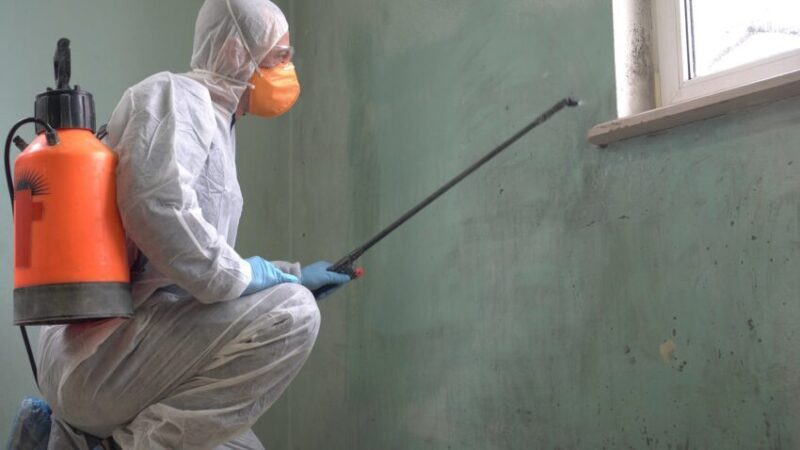
The average cost of professional remediation for indoor air quality varies depending on several factors. Professional testing costs about $400, with prices ranging between $250 and $1,000, depending on what you’re testing for.
When it comes to solutions for poor indoor air quality, the cost depends on what your test reveals. For instance, mold remediation costs homeowners an average of $2,300. If you have a less severe problem, it will cost you much less.
Long-Term Savings and Investments
Investments made to your home to improve the quality of air can add up to several hundreds or thousands of dollars. For example, a whole-house humidifier costs an average of $400 to $800, while the price of an air purifier ranges from $150 to $4,500.
Air quality improvements can be seen as long-term investments in your home and health. The quality of the air you breathe is critical to the health and well-being of you and your family members. In the long term, you’ll save money by living in a healthier environment.
Frequently Asked Questions about Home Air Quality Testing
What Are the Common Indoor Air Pollutants to Test For?
Air pollutants in your home can come from inside and outside your home, and there are many types and sources of potential contaminants.
Most indoor air quality issues arise from sources inside your home, such as smoking, wood heating, mold, chemicals, and building materials. Pollutants like radon and volatile chemicals can enter the home from outside air, water, and ground sources.
Can I Test My Home’s Air Quality Myself?
DIY air quality test kits are available for home use. Test kits range in price from $20 mold test kits to $300 monitors. You get what you pay for, and if you have specific concerns, you should consider hiring a professional to measure air quality in your house.
How Often Should I Test My Indoor Air Quality?
You have several options for testing home air quality. How often you need to do it depends on several factors, including your personal health issues, the age of your home, and what types of pollutants you’re measuring. Some homeowners choose to test their home’s air quality seasonally, while others use continuous monitoring for fine particulates or CO2 contamination.
Are Home Air Quality Test Kits Accurate?
The accuracy of home air quality test kits depends on the type of kit you get. The best air quality test kits require that you take samples and send them to a lab. Monitors and sampling devices may be improperly calibrated. It’s also important to choose an indoor air assessment kit that tests for the contaminant you’re concerned about, and you may not even know what that is.
What Are the Typical Costs of Professional Air Quality Testing?
Residential air quality testing costs an average of $400, with prices ranging between $250 and $1,000, depending on what you’re testing for and the size of your home. Professional air quality tests are worth it if you’re testing for specific reasons, such as home renovations, water damage, or health concerns.






